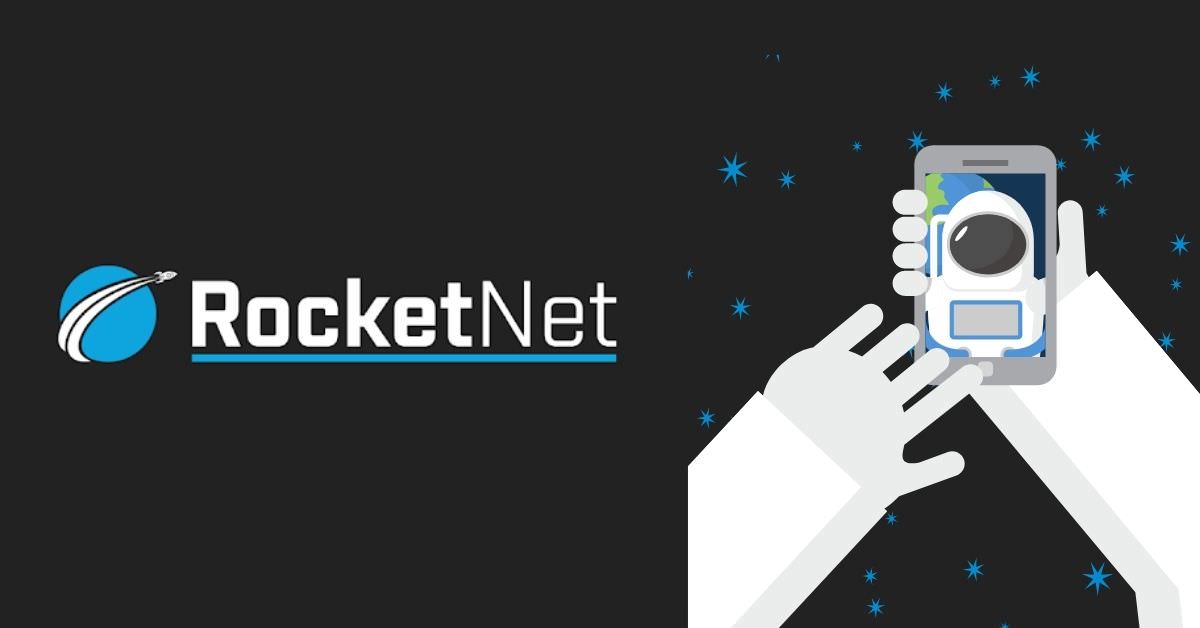Article supplied by RocketNet*
Navigating cyberspace is tricky, and it’s possible to have the wool pulled over your eyes, especially if you’re not one with a technical or IT background. We asked our systems engineers and technical specialists what they look for when assessing an Internet Service Provider (ISP).
These are their top seven pointers.
- Throttling and shaping:
Some ISPs throttle and shape fibre internet speed without saying they do. To ensure you receive what you expect and pay for, one should brush up on their technical knowledge of throttling, shaping, and uncapped fibre internet.
Throttling is an internet service provider’s intentional slowing down of fibre internet speeds. Throttling is masked as ‘fair use policy’, and ISPs use throttling to regulate network traffic and minimise bandwidth congestion during peak browsing periods.
With more people working remotely, throttling and shaping can occur during the day, not only in the evenings. In that case, you’ll find your internet speed drop considerably during busy times.
Some ISPs don’t shape or throttle internet connections and offer a genuinely uncapped fibre internet experience. If you’re reliant on fast and stable internet, it’s best to choose an ISP that won’t slow down your internet speed when traffic on their network is high.
- ISP rankings on independent platforms
Hello Peter is an example of an independent review platform connecting South African consumers and businesses. You can read about other people’s good and bad experiences of service providers with an unbiased perspective.
Research ISP’s using these types of platforms. Those achieving the highest ratings from customers are responsive to customer complaints, have them resolved speedily and generally provide high-quality service.
We also recommend Google Reviews and Trust Pilot, although relatively new in South Africa. As long as the platform is independent and not a paid-for-review site, they are good beacons in navigating your way to the best decision.
- Internet support and education
Choose a fibre internet service provider that gives you the after-sales support you need. Do they offer a suite of services like internet diagnosis apps? These types of apps empower customers to run fibre internet diagnosis tests at home.
The more you know about a topic, the more confident you are in dealing with that topic. Here are some things to consider about how your ISP handles your complaints:
- Do they help you understand your internet issues, like how your router can affect speeds?
- Do they point out dead spots in your home and advise how to fix them?
- Do they help to isolate your internet issues?
- Are you able to assess the speed and quality of your line?
- Quality of their customer call centre
What is customer support like, and is your ISP proactive in dealing with your concerns?
Customer call centre staff should be keeping abreast of and earning qualifications in this tech space. Support staff straight out of school might be reading from a troubleshooting guide without much real-world experience and this can cause frustration.
- Frequency of price adjustments and length of the contract
Does your ISP contract stipulate that price increases happen only once a year?
FNOs (fibre network operators) adjust pricing at different times of the year. Some ISPs pass price increases to their customers according to FNO adjustments, but others only do this once a year.
Equally important is knowing how long your contract is in effect. There is no need to sign up for 24 months when some ISPs offer month-to-month options with no price difference.
- Latency on network
How close you are to servers affects entertainment activities like gaming and streaming movies, which directly impacts your internet experience. ISPs should curb this issue by using tools like Cloudflare DNS, which is lightning quick in responding to queries and provides malware protection.
- International connectivity
Which cable systems does your ISP use?
Ideally, you want to use an ISP that connects to undersea cables on either side of the country. If one line goes down, they can break out the internet from the other cable and continue delivering services.




























